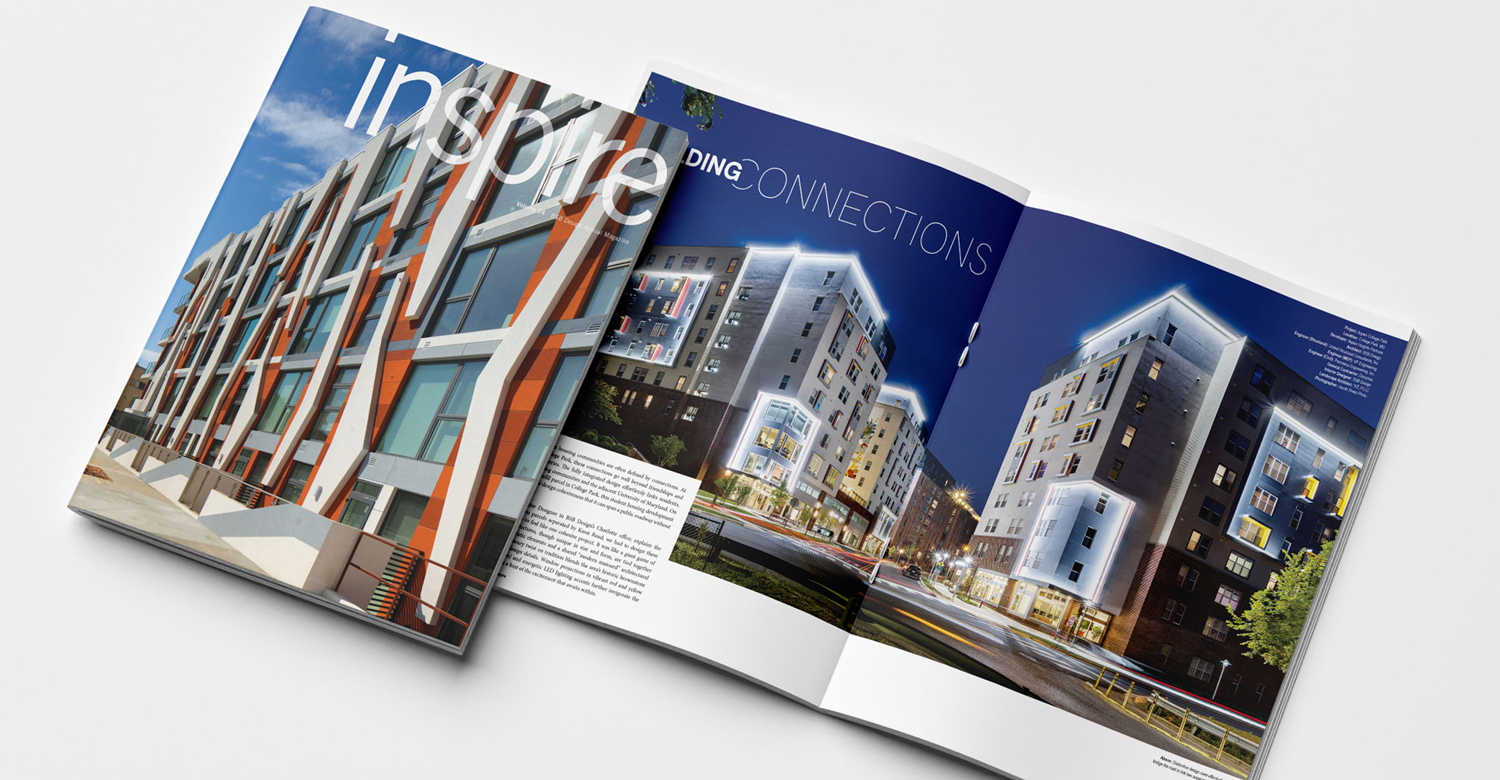Insights
Recent Posts
Inspire Magazine
Our annual inspire magazine shines a spotlight on the top designs and trends, offering a captivating showcase of our finest architectural achievements.

Our annual inspire magazine shines a spotlight on the top designs and trends, offering a captivating showcase of our finest architectural achievements.
